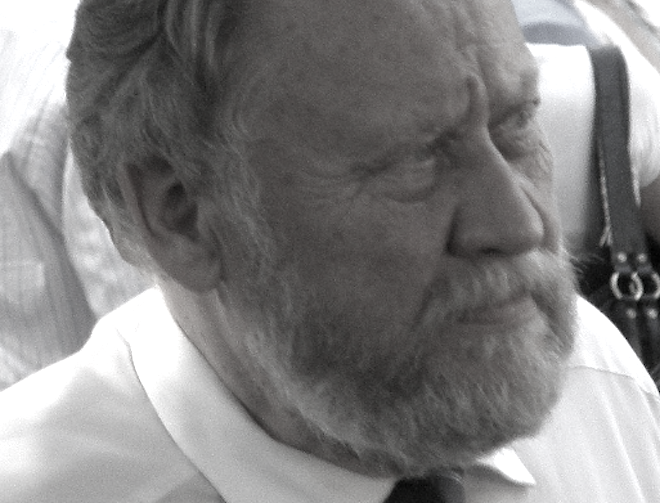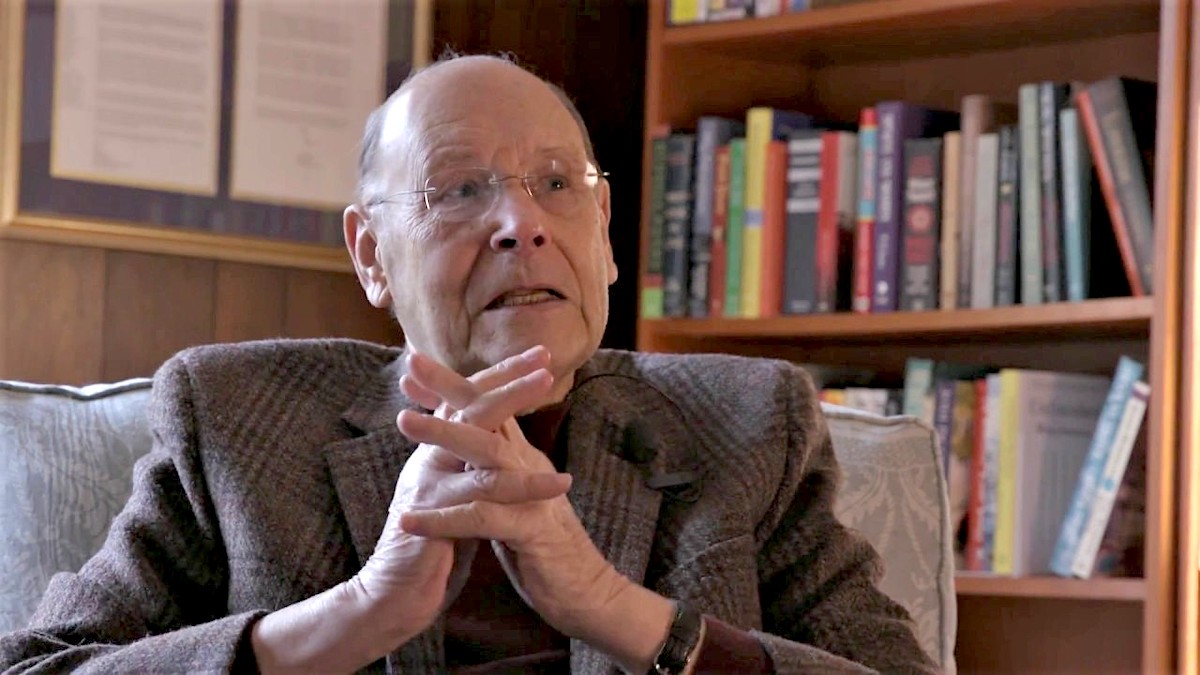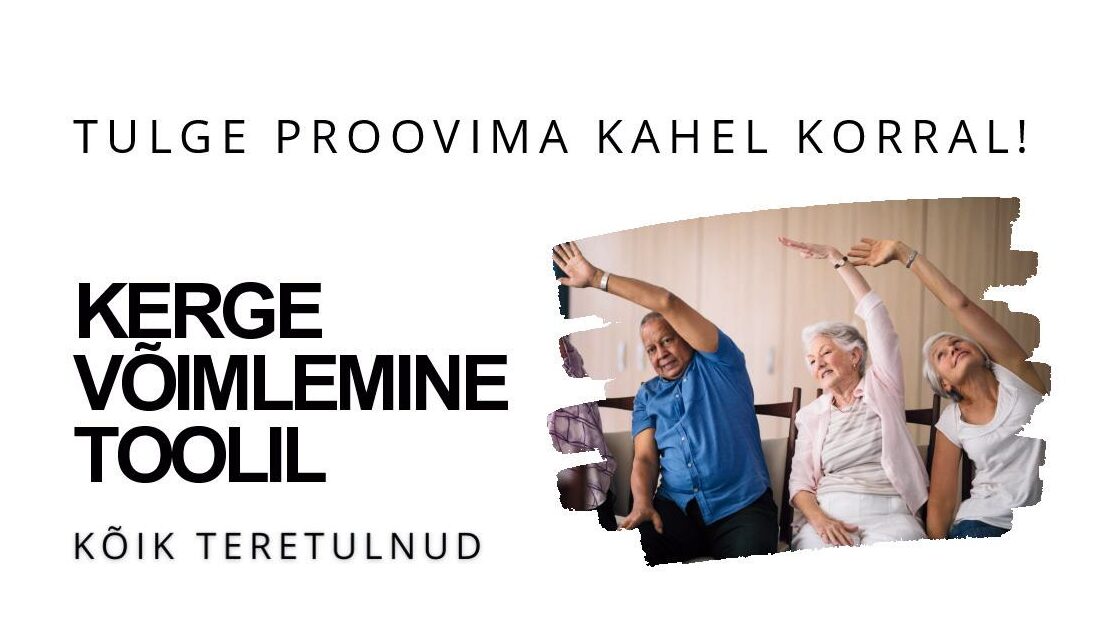Tarto was born in 1938, which means he couldn’t have had any personal recollection of the fabled period of Estonian independence between the years of 1918 and 1940. He was less than one year old when Adolf Hitler and Joseph Stalin signed the infamous Molotov-Ribbentrop pact that divided up various countries of Europe between them, much like two criminals dividing the spoils of a big bank heist. Annexed by the Kremlin along with her Baltic sister countries of Latvia and Lithuania in 1940, Estonia lost her freedom as a result.
The late Swedish politician Per Ahlmark remarked on several occasions on the uniqueness of the fate of the Baltic countries, expressing astonishment that three parliamentary democracies could be made to disappear, and so wholly that the community of Western nations barely noticed their abduction and their removal from the international map.
The fact that the United States and several other nations stuck to their guns and adopted a policy of non-recognition towards the forcible incorporation of the Baltic countries into the USSR was principled and even noble, but the policy itself was known largely only to diplomats, politicians and historians, and provided little real-life solace to the millions of Estonians, Latvians and Lithuanians who, as a consequence of the Stalin-Hitler “deal”, were forced to suddenly adjust to life in an alien and very rough totalitarian system.
Although I got to know Enn Tarto well in the 1990s in newly independent Estonia, I don’t to this day fully fathom what made him choose at a tender age to take up resistance activities in the 1950s, at a time when Estonia wasn’t just cut off from the international community, but also barely registered in the minds of the majority of the residents of what we were then accustomed to refer to as the Free World. This topic more broadly matters a lot in the present day as well, as we see a new standoff taking shape between big authoritarian nations and those societies that enjoy greater levels of freedom.
After the end of summer in 1944, the Red Army didn’t just occupy Estonia, but also imprisoned the members of the national government headed by Otto Tief, suppressing the aspirations of Estonians to become independent again. It then took the Soviet armed forces some ten years before they were able to fully break the resistance of numerous Estonian guerrilla fighters in the countryside. The methods they used against Estonia’s freedom fighters were pitiless almost beyond description, until Stalin died in 1953, and even for a number of years after that. The late guerrilla fighter Alfred Käärmann is one resistance fighter (who eventually ended up in the prison camps of his sworn enemy) who managed to graphically describe, in his book of memoirs, the extremely dirty war that Russian counterinsurgency troops waged against Estonia’s resistance fighters.
It was under these conditions – against overwhelming odds, and under circumstances that must have seemed close to hopeless – that Enn Tarto and a number of his young male and female contemporaries chose to join the struggle aimed at reestablishing Estonian independence. Instead of resorting to arms, the newer generation applied methods of civil disobedience and underground activism akin in some respects to the struggle that had only recently been waged in India by Mahatma Gandhi, but under much more challenging conditions. Tarto and his colleagues collected forbidden literature, printed and distributed leaflets, and did their best to counter the propaganda spread by communist youth organizations. When news of the Hungarian uprising of 1956 broke, Enn Tarto was the head of the underground Youth League of Estonia. Protests against repression of the Hungarians led to eight Youth League members being arrested. All of them were sent to Soviet prison camps.
Enn Tarto served a total of 14 years in the forced labor camps of the USSR for his political activism, and wasn’t finally released until 1988. Tarto recalled that in the earliest years of his imprisonment, he and his contemporaries were so excruciatingly hungry that they resorted to eating grass and weeds. All of this took place under conditions where news of what prisoners of conscience were having to endure rarely leaked out.
People who aren’t familiar with the cultures of the Baltic countries might assume that Russian ways and customs are similar to the way that things are done in the Baltic geographical area, but in fact the Estonian language doesn’t even belong to the same language group as Russian (English and Russian have more in common than Estonian and Russian), and as a result Estonians sentenced to prison time in the Gulag were destined to try to survive under conditions that were particularly trying for them. They were “kidnapped” to and imprisoned in a foreign land, in a system of penal colonies that was notorious for its bleakness, austerity and high mortality rate.
One of the first descriptions of the hardscrabble conditions in the Gulag Archipelago finally leaked out beyond the borders of the USSR, when a translation of Alexander Solzhenitsyn’s “One Day in the Life of Ivan Denisovich” appeared in Western bookstores. In this brief and essentially autobiographical work, Solzhenitsyn described among other things how two Estonians stick together in the perilous conditions of the camps. They share their meager rations and speak to one another in their native tongue, sticking together through thick and thin. They thus manage to improve their prospects for survival a bit, even under the “every man for himself” game rules that pervaded the Gulag.
For decades after WW II, the borders of the USSR continued to remain so hermetically sealed that little objective news from these parts leaked out to the international community. Only a handful of people on the outside had even heard of the resistance movements in Estonia, Latvia and Lithuania. It was as if the wind was sweeping away their words, to paraphrase the title of a book by Doris Lessing. It would be many years until Europeans and people living in the Americas and in other parts of the world would learn of the names of Soviet human rights activists such as Andrei Sakharov, and before the borders of the USSR would become porous enough that information about political opposition in Russia and the occupied Baltic States began to leak out with some frequency. To make matters worse, the few Western correspondents based in Moscow were only rarely able able to make short trips to Estonia, Latvia and Lithuania.
Although Baltic political prisoners were known to substantially make common cause with the Russians that they came to know in the vast network of Soviet punitive camps spread across the east and the north of the USSR, there were things that set Estonian, Latvian and Lithuanian political prisoners apart from their Russian cellmates. There were crucial differences in the aspirations and mindsets of Baltic political prisoners and their Russian counterparts. While all of them could be categorized as prisoners of conscience, the men and women of Baltic origin in the camps weren’t “anti-Soviet”, even if Soviet ideologues and the Soviet system emphatically tried to label them as such. Rather: they were pro-independence, seeking an end to the occupation of their countries.
During my years as a journalist at Radio Free Europe, I encountered more that one Russian emigre in the West who said outright that while they believed in democracy and were as anticommunist as the best of them, that if it were up to them, the Baltic States would never be permitted to break away from the future Russian Empire that they envisaged.
It would be accurate to say that while Russian critics of the Soviet regime were dissidents, Estonians and their fellow freedom fighters from Latvia and Lithuania were not. The latter weren’t out to reform the Soviet system, but rather they were classical members of resistance movements, with the primary objective of winning back long-lost independence for their occupied homelands.
The one crucial political act that Enn Tarto and a number of other Baltic activists and prisoners of conscience simply have to be remembered for is the Baltic Appeal that he and a number of other signatories managed to smuggle out to the Free World in August of 1979. That petition was addressed to the governments of the two German states, the USSR, as well as the signatories of the Atlantic Charter, and to Kurt Waldheim, who was the Secretary General of the UN at the time. The petition called for the elimination of the consequences of Molotov-Ribbentrop Pact and for allowing self-determination and independence for the Baltic nations. The Appeal was signed by 37 Lithuanians, four Estonians and four Latvians. An important reaction by the international community to the Appeal was the Resolution of the European Parliament dated 13 January 1983, that clearly affirmed the right of the Baltic peoples to self-determination (once again).
In terms of personality, Enn was tough as nails. Despite what he’d been through, he and many of his fellow Estonian prisoners of conscience didn’t just contribute to the winds of change that miraculously brought the Baltic States back into the fold of the free parliamentary democracies in 1991, but he also continued to make a variety of contributions to the restoration of civil society in Estonia during the following years. He was a member of the Congress of Estonia, and also on several occasions of the Parliament of Estonia after his country had regained its independence. His now-widowed wife Piret shared and continues to share Enn Tarto’s values and aspirations, and is a good human being.
Toward the end of his life, the hardships that Enn Tarto had endured in the Gulag finally took their toll, and his health declined.
Enn was exactly as you might have expected him to be. Not just serious in nature, and appreciative of ironic humor, as is common among many Estonians, he was a no-nonsense kind of a guy and a bit gruff at times. Of stocky stature and sporting a beard, he was the kind of man who answers the call of duty even under the most merciless of conditions.
The way it feels to me, modern-day Estonia still hasn’t made the completest of breaks with the difficult Soviet past, but the situation fortunately continues to evolve. 50 years of occupation leave deep scars, and many Estonian patriots were physically eliminated during those years. Thus it’s also my feeling that during his lifetime, Enn Tarto didn’t receive the full extent of the attention and honors that he actually deserved.
The important thing now that he has left us is to remember him well, for he was a great son of Estonia and an insufficiently sung hero. Tarto has now taken his place in posterity, along with just a handful of great men and women in Estonian history, to include the ancient freedom fighter Lembitu, and two men from more recent times, those being admiral Johan Pitka and the great statesman Otto Tief.
Because the last of the Estonian freedom fighters and the valorous Russian human rights activists of the 20th century are taking their farewells now, this is an appropriate time to stop for a moment in respectful and thankful remembrance of that particular breed of people.
In my opinion, there were no more than two or three truly senior figures of the non-violent later chapter of the Estonian resistance movement. Two of them – Kalju Mätik and Enn Tarto – have now, as of late, passed on. Former political prisoner Mart Niklus in the city of Tartu still continues to “hold the fort”.
Estonians are not so sentimental as to ever speak of martyrdom, but the phrase wouldn’t in some regards be out of place in respect to what Enn Tarto had to go through. Half-way acknowledged, and half-way fated to not receive the full attention and honors that they actually deserve, the hugeness of the sacrifice borne by Niklus, Tarto and Mätik calls out to be acknowledged. It is thus incumbent upon Estonian society to regard and honor them sooner or later with all of the respect that they rightly deserve, along with many of their lesser-known brothers and sisters who did the right thing, simply because their consciences did not permit them to do otherwise.
Jüri Estam




